We are currently in the process of switching over our current online application system (FPOA) to Salesforce.
What does this mean?
Beginning November 25, 2024, all of our programs will be applied for through Salesforce. We will no longer be using the FPOA or PDF application forms.
Does this impact any program intakes?
The Business Façade Improvement program intake deadline for eligible regions is changing for 2024. The NEW intake is October 1 to 31. This program will still be applied for through the FPOA.

Grant Writing Support (GWS) and Economic Development Capacity Building (EDCB) intake deadlines are changing for 2024. The NEW intake opening is December 1. This program will be applied for through Salesforce.
Internship Program deadlines are the same, however, both intern and host community applications will be applied for using PDF application forms for 2024 – not the FPOA.
What’s next?
Over the next four to six weeks, we will update our new FAQ page and social media accounts to keep you apprised of upcoming changes.








